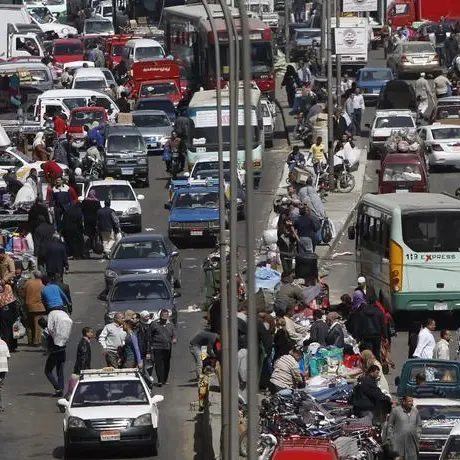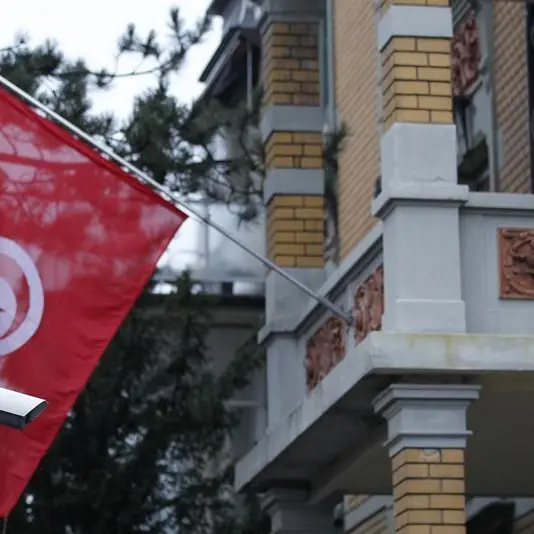PHOTO
WASHINGTON- The number of Americans filing for unemployment benefits held above 2 million last week for a 10th straight week amid job cuts by U.S. state and local governments whose budgets have been decimated fighting the COVID-19 pandemic and more second-wave layoffs in the private sector.
Signs the economy was spiraling deeper into recession were underscored by other data on Thursday showing business spending on equipment plummeting in April. The economy contracted in the first quarter at its steepest pace since the 2007-09 recession. Data on the housing market, manufacturing and consumer spending point to a collapse in gross domestic product in the second quarter at a pace last seen during the Great Depression.
Initial claims for state unemployment benefits totaled a seasonally adjusted 2.123 million for the week ended May 23, from a revised 2.446 million in the prior week, the Labor Department said. Economists polled by Reuters had forecast initial claims falling to 2.1 million in the latest week from the previously reported 2.438 million.
Though claims have declined steadily since hitting a record 6.867 million in late March, they have not registered below 2 million since mid-March. The astonishingly high level of claims has persisted even as non-essential businesses are starting to reopen after shuttering in mid-March to control the spread of COVID-19, an indication it could take a while for the economy to dig out of the coronavirus-induced slump.
"I am concerned that we are seeing a second round of private sector layoffs that, coupled with a rising number of public sector cutbacks is driving up the number of people unemployed," said Joel Naroff, chief economist at Naroff Economics in Holland, Pennsylvania. "If that is the case, given the pace of reopening, we could be in for an extended period of extraordinary high unemployment. And that means the recovery will be slower and will take a lot longer."
U.S. stocks were trading higher, but simmering tensions between the United States and China kept investors on edge. The dollar eased against a basket of currencies. U.S. Treasury prices dipped.
The second wave of layoffs could grow bigger, with Boeing BA.N announcing on Wednesday it was eliminating more than 12,000 U.S. jobs and also disclosing it planned "several thousand remaining layoffs" in the next few months.
Last week's applications raised the number of people who filed claims for unemployment benefits to above 40 million since March 21. Economists cautioned this figure does not represent the number of job losses as not all applications are approved and some people could be submitting more than one application, while others could have since found employment.
UNEMPLOYMENT ROLLS FALL
They said the focus should be on the number of people still receiving unemployment benefits to get a clear picture of the labor market's health. These so-called continuing claims are reported with a one-week lag and are being watched to assess how quickly the economy will rebound as businesses reopen and the effectiveness of the government's Paycheck Protection Program.
The PPP is part of a historic fiscal package worth nearly $3 trillion and offered businesses loans that could be partially forgiven if they were used for employee salaries.
Continuing claims fell to 21.052 million in the week ending May 16 from a record 24.912 million in the prior week. The continuing claims data covered the period during which the government surveyed households for May's unemployment rate.
Continuing claims increased between the April and May survey periods, suggesting a surge in the unemployment rate from a post-World War Two record of 14.7% last month.
In a separate report on Thursday, the Commerce Department said orders for non-defense capital goods excluding aircraft, a closely watched proxy for business spending plans, dropped 5.8% last month after falling 1.1% in March.
Shipments of these so-called core capital goods dropped 5.4% last month. Core capital goods shipments are used to calculate equipment spending in the government's gross domestic product measurement. Last month's declines suggested business investment decreased further early in the second quarter after four straight quarterly decreases.
The Commerce Department also said on Thursday GDP contracted at a 5.0% annualized rate in the first quarter, the deepest drop in output since the 2007-09 Great Recession, rather than the 4.8% pace estimated last month.
Recessions in the United States are called by the National Bureau of Economic Research, which does not define a recession as two consecutive quarters of decline in real gross domestic product, as is the rule of thumb in many countries. Instead, the NBER looks for a drop in economic activity, spread across the economy and lasting more than a few months.
Economists believe the economy slipped into recession in March. The are expecting GDP will drop in the second quarter at as much as a 40% rate.
(Reporting by Lucia Mutikani; Editing by Chizu Nomiyama and Andrea Ricci) ((Lucia.Mutikani@thomsonreuters.com; 1 202 898 8315; Reuters Messaging: lucia.mutikani.thomsonreuters.com@reuters.net))












